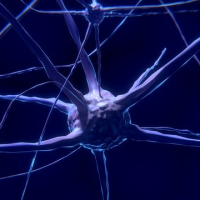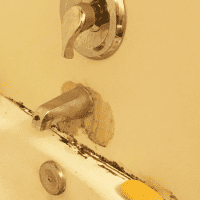- Mold Toxicity, Biotoxin Illness & CIRS
- Devastating Effects of Intestinal Mold Symptoms from Mold Exposure
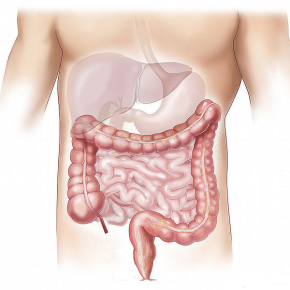
Devastating Effects of Intestinal Mold Symptoms from Mold Exposure
Articles
- Bacteria
- CIRS - Chronic Inflammatory Response Syndrome
- Constipation
- Inflammatory Bowel Disease (IBD)
- Irritable Bowel Syndrome (IBS)
- Leaky Gut
- Mycotoxin
Devastating Effects of Intestinal Mold Symptoms from Mold Exposure
Gut Health and Intestinal Mold Symptoms from Toxic Mold Exposure
Intestinal Mold Symptoms can result from ingestion of mold spores and mycotoxins which are known to have drastic effects on gut health. The intestinal barrier is made up of intestinal epithelial cells which aid in nutrient absorption while preventing harmful substances from being absorbed into the bloodstream. If the intestinal barrier is damaged, gut health will suffer and systemic symptoms may also present themselves.
Mycotoxins from toxic mold exposure have the capability of disrupting gut bacteria contributing to increased intestinal permeability also known as leaky gut. Negatively impacted gut bacteria can decrease nutrient absorption, cause abdominal pain, irritable bowel syndrome, increase the risk of developing food allergies, infections within the gastrointestinal tract as well as systemic inflammation. Sometimes, the causes of these symptoms can be unknown when the symptoms might actually be warning signs of mold toxicity. Mold exposure also causes chronic inflammatory response syndrome which can contribute to many other symptoms.
Can Mold Cause Gastrointestinal Problems?
Effects of Mold on Gut Microbiota
When there's less beneficial bacteria in the gut, the digestive system is prone to gut infections, can lead to gastrointestinal problems and to an overall weakened immune system among many other health problems. Mycotoxins produced by toxic mold have been shown to disrupt the balance of the gut microbiome and can cause a decrease in beneficial bacteria and an increase in harmful bacteria. Beneficial bacteria have also been shown to protect the body against harmful mycotoxins and play a role in the detoxification process.
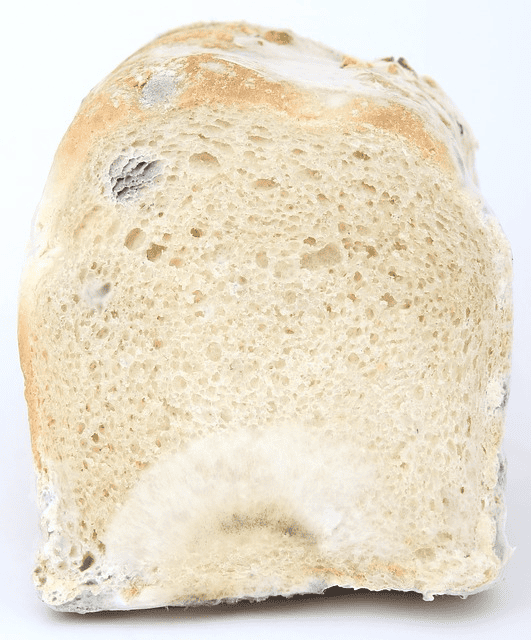
It is critical to keep a healthy gut microbiota with mold exposure especially when dealing with mold illness or chronic inflammatory response syndrome (CIRS). Keeping the digestive system healthy while detoxing mold will help lessen the gastrointestinal problems associated with mold exposure, optimize the immune system and detoxification process.
Digestive health problems can present themselves through ingested mycotoxins and mycotoxins entering directly into the Gi tract from food consumed. Mycotoxin contamination is most common with foods like grains, nuts, dried fruits, coffee, dairy products and alcoholic beverages. Mycotoxin exposure through consuming improperly stored or processed foods can contribute to increased gut permeability.
Can Mold Grow in the Gastrointestinal Tract?
If mold spores enter the digestive system from food exposed to mold, it's possible to turn into an invasive mold infection. Invasive mold infections typically affect people with compromised immune systems who also may have less beneficial bacteria in the gut. Common Symptoms of an intestinal mold infection could be abdominal pain, diarrhea and even GI bleeding.
How do you Treat Mold in the Gut?
The biggest issue with active mold infections in the Gi tract is the continuous production of mycotoxins even when detox protocols are given. Whichever specie(s) of mold is/are present would determine which types of antifungal medications or supplements are used for pathogen removal. As the mold is being killed off, mycotoxins may be released which is why necessary binders are used to move the mycotoxins out of the body.
Digestive System Symptoms of Mold Exposure
When the gut flora is disrupted in the Gi tract from mold exposure it can increase the chances of an opportunistic infection as well as cause many intestinal mold symptoms like constipation, diarrhea, stomach pain, abdominal pain, damage to intestinal cells and intestinal epithelium. Mold exposure can contribute to increased intestinal permeability through tight junctions resulting in leaky gut and an overacting immune response. Mold exposure also causes chronic inflammatory response syndrome in many individuals.
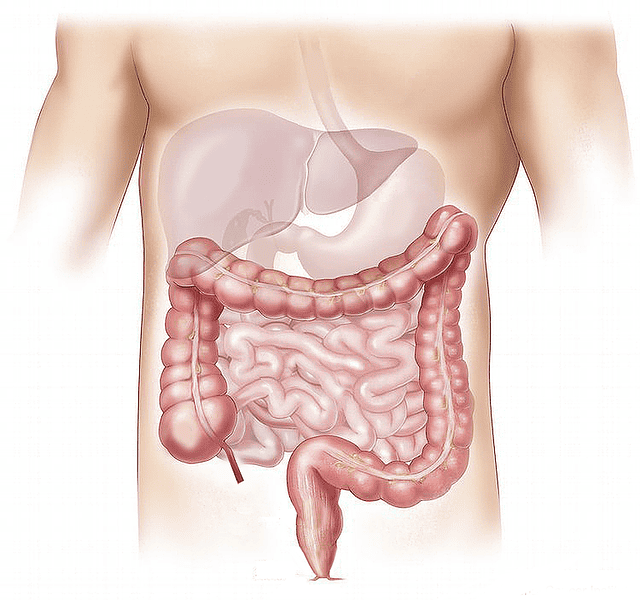
How do Mycotoxins Effect the Gut with Mold Exposure?
Being exposed to mold is known to cause respiratory diseases among many other issues. However, mold exposure from breathing in mycotoxins produced by mold are removed from the body by the liver, which can end up affecting the digestive system. As mold toxins are detoxed through the liver, they can end up being absorbed back into the body through enterohepatic circulation causing systemic inflammation and chronic inflammatory response syndrome.
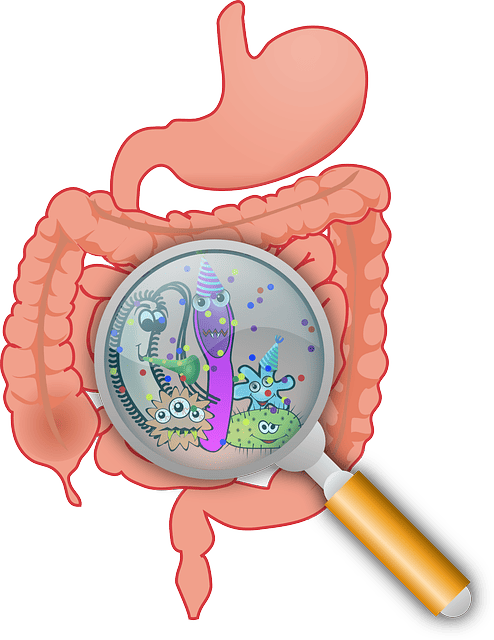
Mold Exposure and effects on the Liver
Mold exposure by inhalation of mycotoxins from water damaged buildings can also contribute to increased gut permeability by way of the body naturally detoxing. Many types of mycotoxins are detoxed by the body through the liver. The liver creates bile which is a digestive fluid stored in the gallbladder. When the liver removes mycotoxins from the blood, the liver gets rid of the mycotoxins through bile. The gall bladder stores the bile until its ready to be released during a meal. Once the bile is released during a meal, the mycotoxins are also released directly into the digestive system.
When the body is burdened with mycotoxins from mold exposure, every time bile is released, these mycotoxins are released directly into the small intestine wreaking havoc on the normal function of the gut microbiome. The body is quite efficient at recycling bile that 95% of the bile (which includes mycotoxins) is reabsorbed into the bloodstream at the end of the small intestine.
Generally, fattier foods stimulate the most bile to be released from the gall bladder. Although respiratory issues are often associated with mold exposure, the mycotoxins will eventually end up in the gut as a result of breathing in mold toxins.
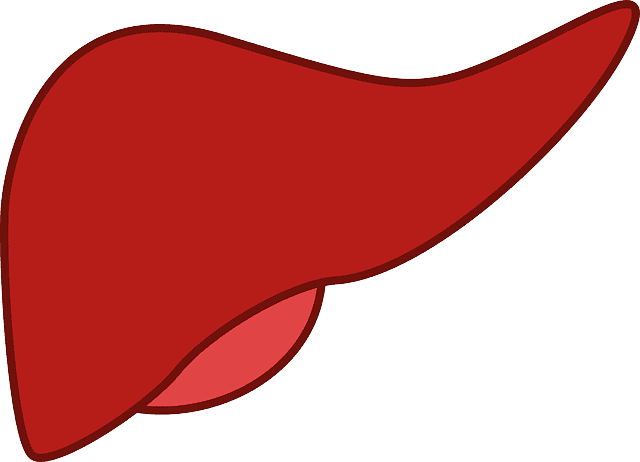
Then the process starts all over again with the liver. This is known as enterohepatic circulation. This is why taking mold binders is critical to removing the mycotoxins out of the body and preventing reabsorption. This is also a reason why many people do not get better after leaving a water damaged building. It is important to note that certain mycotoxins like aflatoxins from toxic mold exposure are extremely toxic to the liver and have been shown to increase the risk of developing liver cancer.
Low Mold Diet for Mold Exposure
Eating a proper diet can help prevent facilitating potential mold growth in the body as well as limit the amount of mycotoxins or mold spores ingested. This consists of non-starchy vegetables and grass-fed meats. One of the issues with non-grass-fed meat is many animal-based foods are produced on a diet full of grains like wheat, corn and oats. All of which can be highly contaminated and have had mycotoxin exposure. Eliminating foods known to be high in mycotoxins like grains, nuts, dried fruits, coffee, dairy products and alcoholic beverages can help keep the gut healthy.

-
{{#owner}}
-
{{#url}}
{{#avatarSrc}}
{{name}} {{/url}} {{^url}} {{#avatar}} {{& avatar}} {{/avatar}} {{name}} {{/url}} - {{/owner}} {{#created}}
- {{created}} {{/created}}


